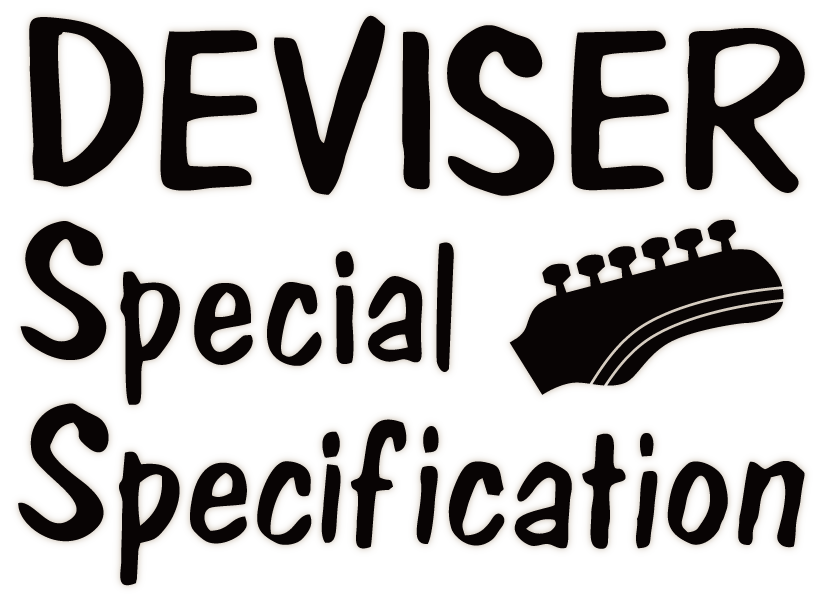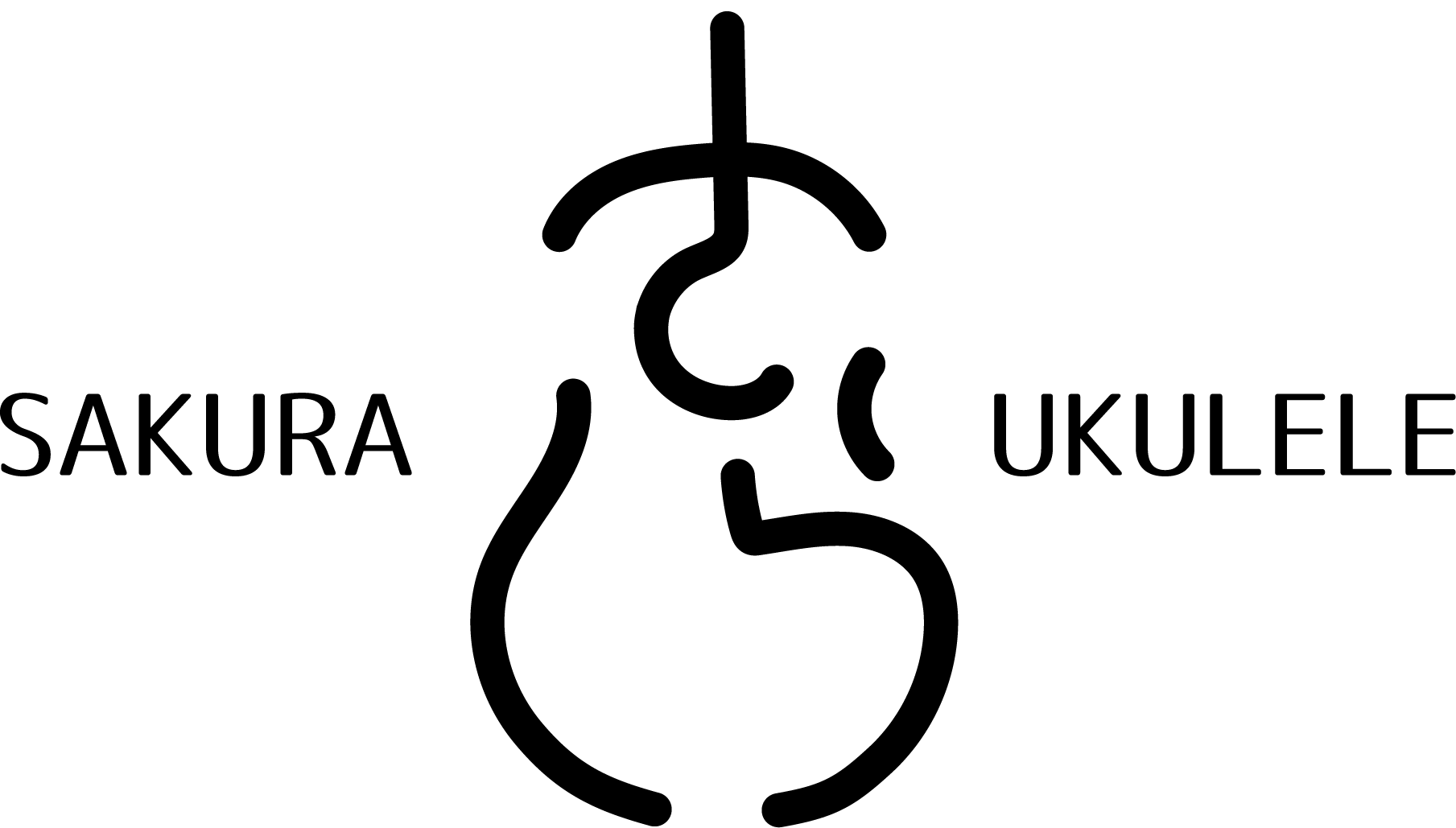Momose Custom Craft Guitars Modern Virtuoso Series『MJ24』


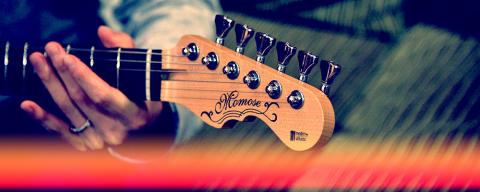
Introduction
24-Fret Spec Bass
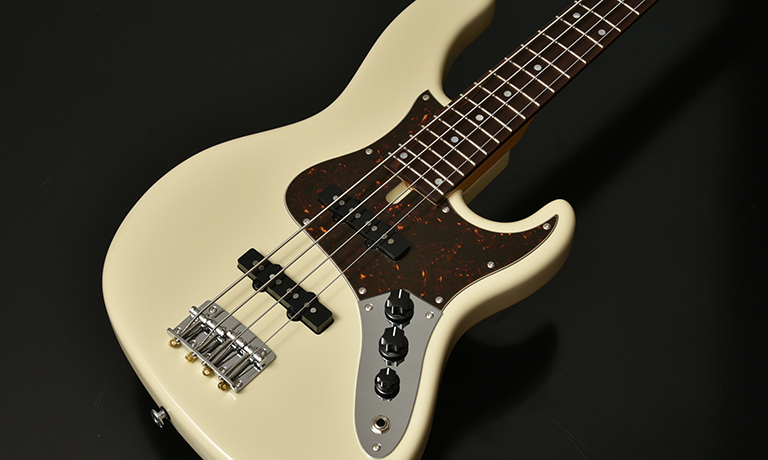
Generally speaking, 24-fret basses tend to have a different sound profile than vintage basses with fewer frets due to their construction. However, the theme behind the development of the new MJ24 was to create a 24-fret bass with a vintage feel and sound, the Momose way. The new body shape was developed from the ground up, with detailed design considerations to extend the range to the 24th fret while maintaining the look and sound character of a 20 or 21-fret bass.
Product Features
Body shape with emphasis on its traditional feel
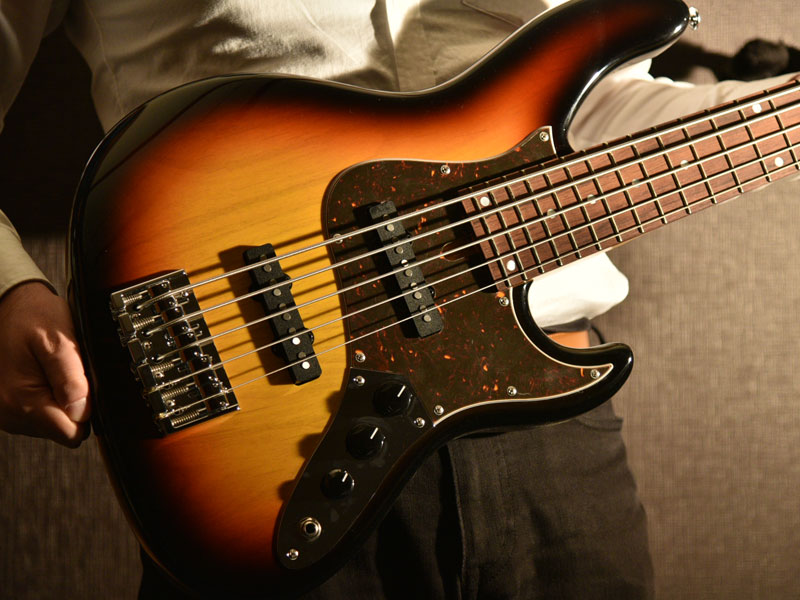
The rounded chamfered body edge retains a traditional feel despite the 24F construction, which tends to be slimmer.
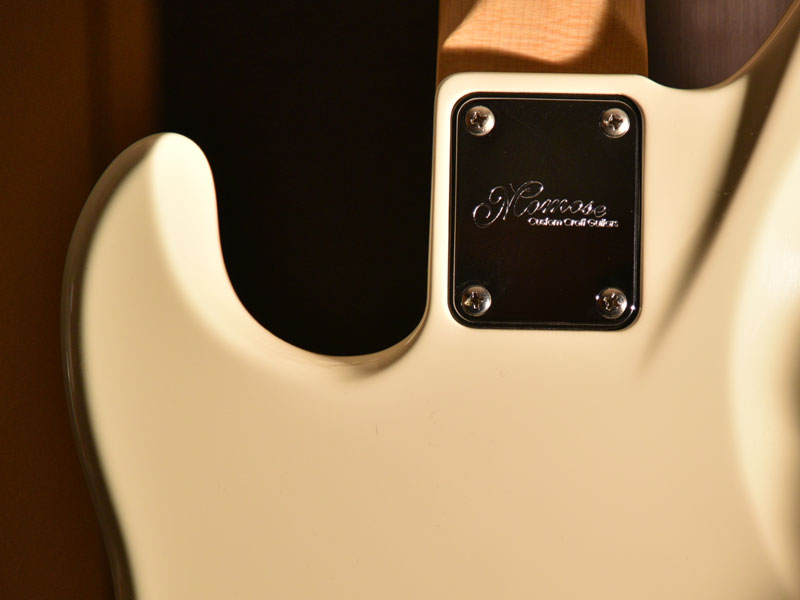
On the other hand, the back of the neck joint has been contoured and the horns have been cut to enhance the playability of the high frets, achieving a balance between appearance and playability.
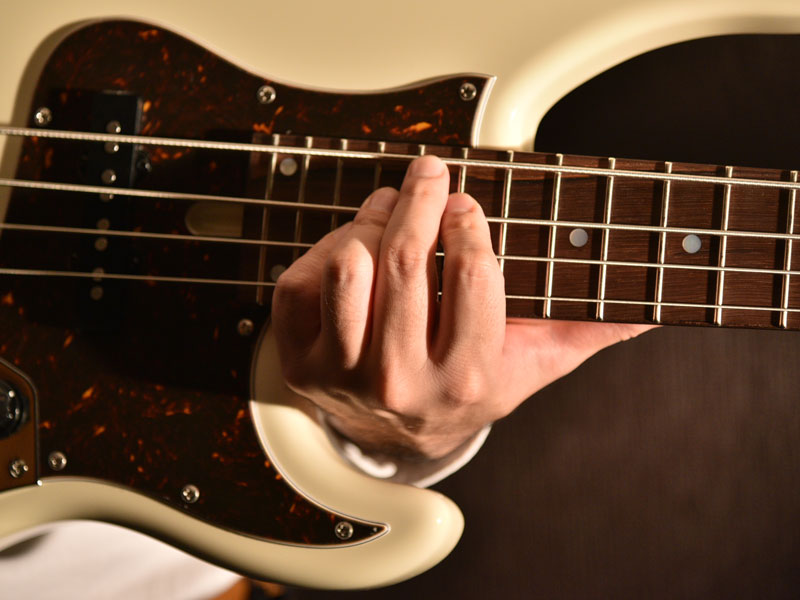
The cutout on the back side of the horn improves playability by allowing the left hand to move freely when pressing the bass strings in the high position.
Large neck joint with a large joint area
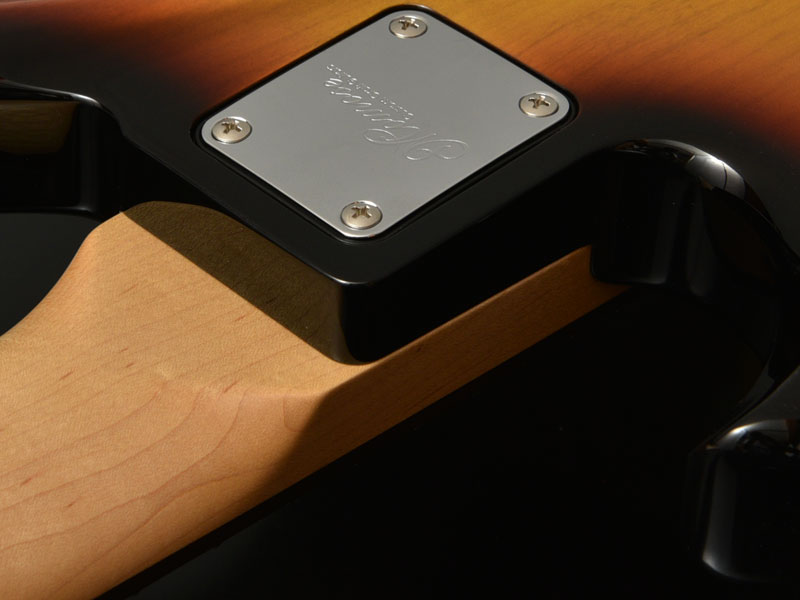
Typical 24-fret basses often have a smaller joint area between the body and neck due to the wider cutaway opening, and this construction tends to produce a slightly thinner core sound compared to basses with 20 or 21 frets. This model uses a “large joint” with a wider joint area to achieve a tone that is moderately thick and has a character similar to that of a traditional JB style bass.
Arrangement of parts to preserve the positioning as close as possible to the traditional 21F models
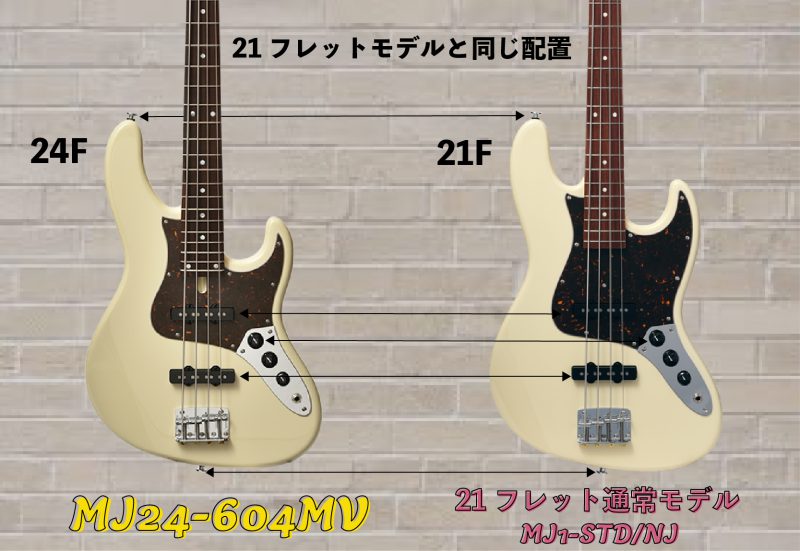
The positioning of the pickups, various control knobs, bridge, and strap pins is as close as possible to that of a traditional 20-fret bass or a 21-fret bass, allowing players accustomed to the traditional style to switch smoothly and without discomfort.
Highly stable『Quarter-sawn Maple Neck』
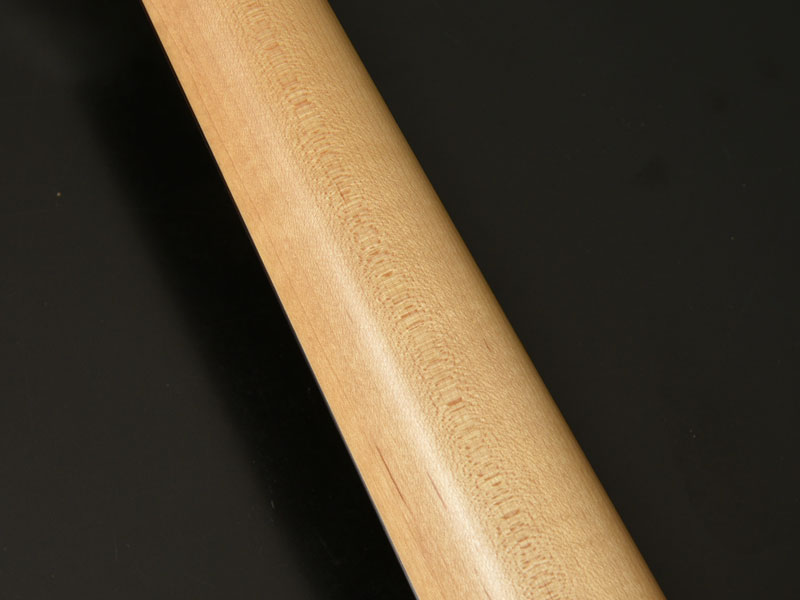
All models in the Modern Virtuoso series are made with “quarter-sawn” maple, which is more resistant to warping than standard electric guitar necks. Maple cut this way is not available in large quantities due to low yields when the wood is cut from logs, but when used in the neck, the grain is oriented more strongly in relation to the tension of the strings, resulting in a stronger neck with less neck movement, which is common in electric guitars, such as forward and reverse warping.
Equipped with Mojotone Pickups
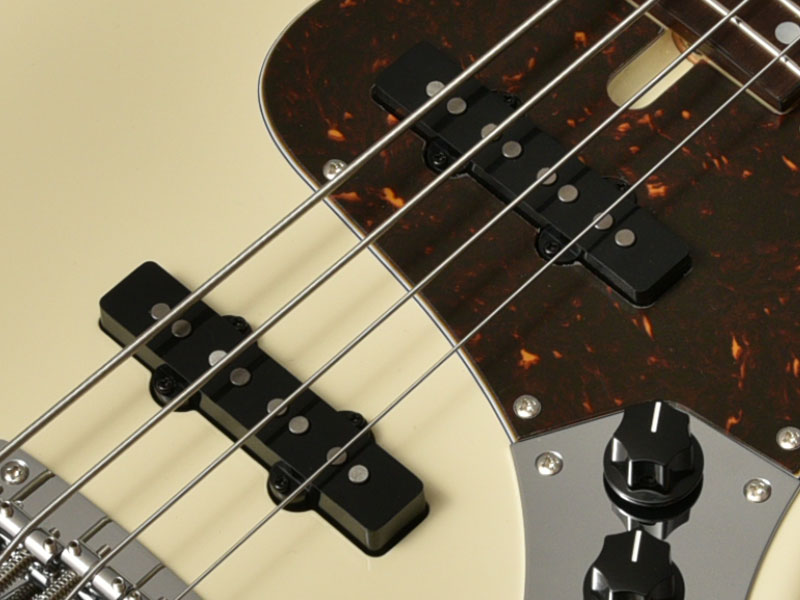
The position of the rear pickup differs between the alder-bodied 604 & 605 and the ash-bodied 704 & 705; the latter, with its 70s-style design, has the rear pickup positioned about 1cm closer to the bridge for a more trebly sound.
Momose quality with attention to detail
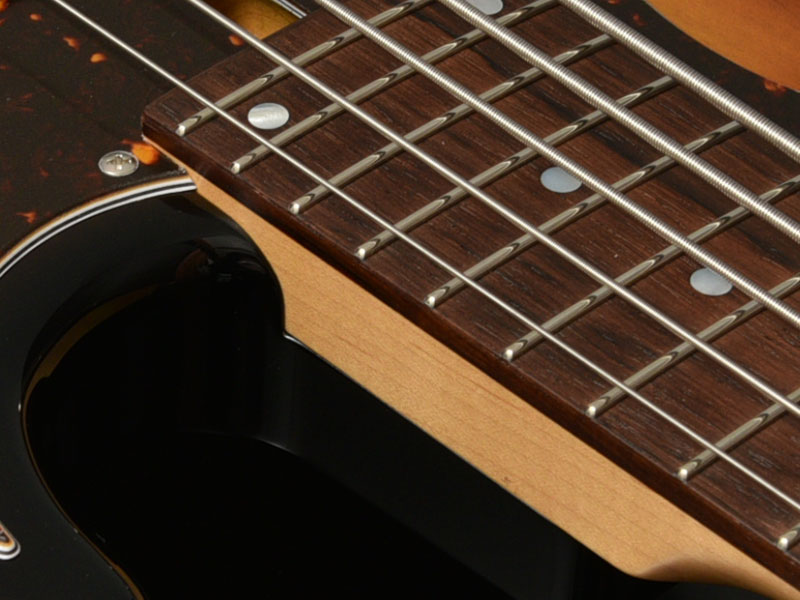
Like the MJ1-STD in the Momose Original series, it features wood binding made of the same material as the fingerboard, a recessed neck joint plate, and other details that have been carefully selected. Please feel the craftsmanship by picking it up.
JESCAR Frets
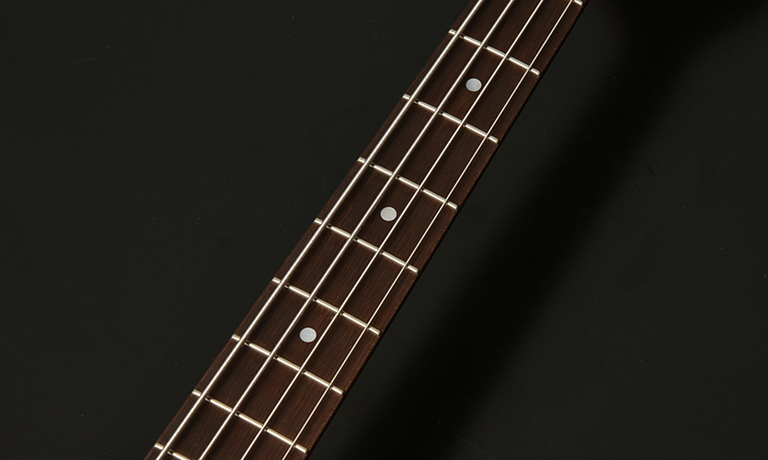
The JESCAR frets are no longer the standard for modern component guitars. The JESCAR frets are the result of decades of technological development in the field of precision machinery and have achieved a quality that is homogeneous and stable not only in appearance but also in comparison with existing frets.
Comments from Momose craftsmen who were central to the development of the new MJ24
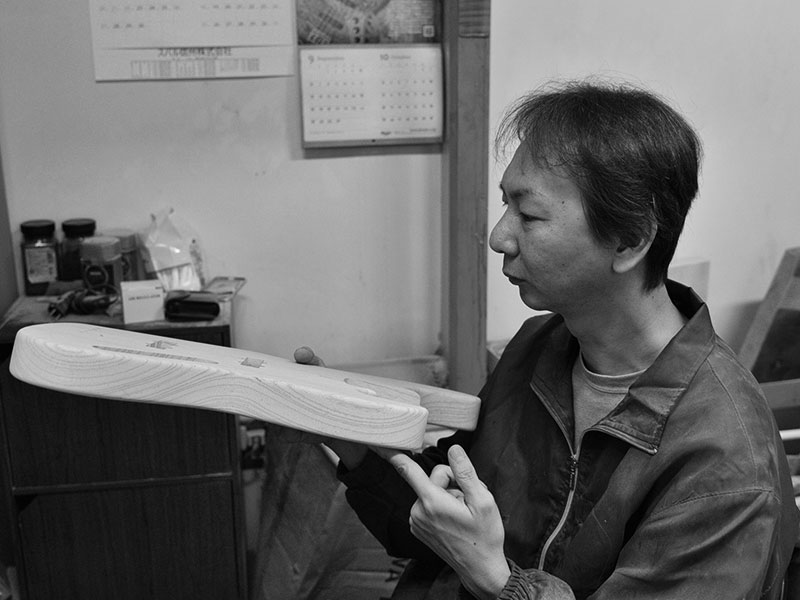
“The development of this model started with myself wanting a bass with a 24-fret configuration and wondering if such a concept would be achievable without any compromises. The most important thing we kept in mind during development was to maintain the traditional bass style. That’s why we took the decision to maintain all the part placements the same as the 20 and 21 fret models. We worked hard to expand the design to 24-frets while maintaining the sound and playability of a traditional 20-fret and 21-fret bass. A typical 24-fret bass tends to have a smaller neck joint area due to its structure, which seems to affect the sound more than we would initially expect. In order to overcome this point, we designed a wide joint area and aimed for a thick and solid tone. In addition, the outer circumference of the body has been deliberately rounded, and fine adjustments have been made to retain the lovable “dullness” of the old-fashioned basses. You may not notice it at first glance, but it’s actually a point that I paid a lot of attention to. The 24-fret bass often sports a bush joint, but the neck plate also helps the sound character get closer to a traditional bass. The 24-fret bass, especially the 5-string model, generally has a strong image of a modern sound that emphasizes bass in an active circuit, but this model is passive because it has the theme of expanding the range while maintaining a traditional feel. Please give them a try if you have the chance! “
Demo Video
This is a demo video of the “MJ24-604MV/NJ” by bassist OK Bass.

